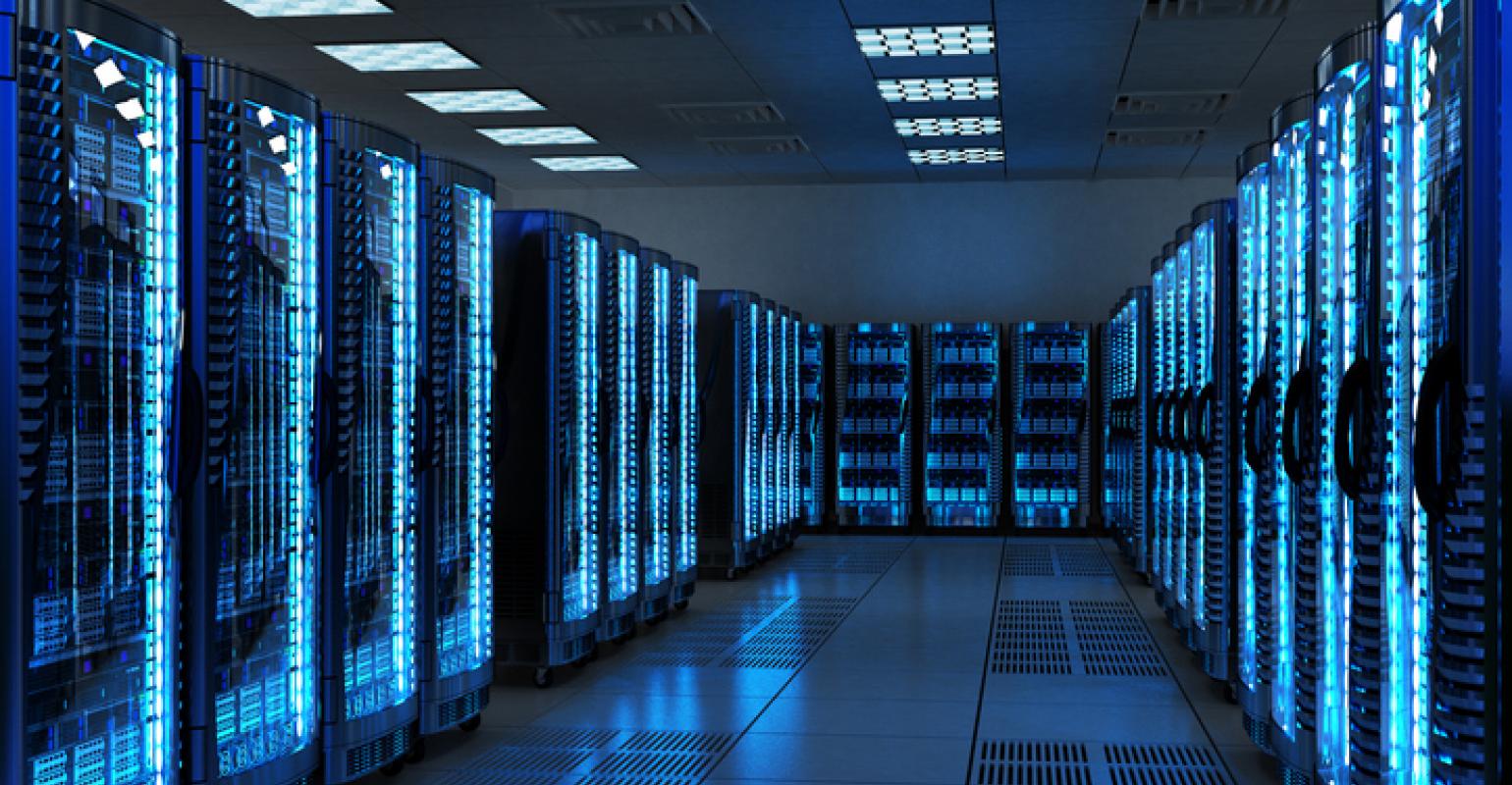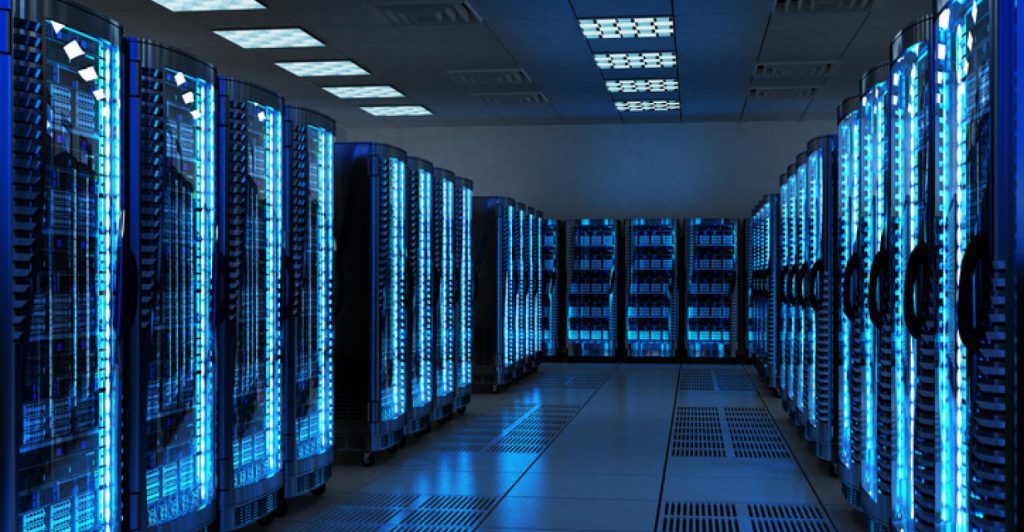Hiranandani Group unveils Asia’s Largest Data Centre at Navi Mumbai worth Rs. 1,000 crore


Yotta Infrastructure, a Hiranandani Group subsidiary and a Managed Data Centre Service Provider developing hyper-scale data centre parks in India, today inaugurated India’s largest data center building, Yotta NM1, in a virtual event. It is the largest Tier IV Data Center certified by Uptime Institute in Asia and second largest in the world.
Speaking at the inauguration, Niranjan Hiranandani, MD and co-founder of Hiranandani Group, said, “India’s largest data centre building, the Yotta NM1 is the largest Tier IV data centre in Asia, and is certified by Uptime Institute. It is also the second largest in the world. What makes the Yotta story unique is our ownership of all key input resources, massive economies of scale with our land banks, captive green energy generation and distribution capabilities, and unmatched expertise and experience in the data centre domain – including design, engineering, construction and operations.”
“This data centre is a global pioneer not just in terms of capability and price, but more so in terms of its focus on efficiency and sustainability. We provide the most efficient power offering available in the market today – not just the lowest price of power but also a Power Usage Efficiency (PUE), which is a global benchmark for the tropics,” said Darshan Hiranandani, MD and group CEO of Hiranandani Group.
Besides Navi Mumbai, Yotta is also developing similar sized giant data centre parks at Chennai and New Delhi.
Each of these parks will feature more than 20,000 racks, 200 MW plus power and multiple self-owned fiber paths connecting the park to the main highways, Yotta Infrastructure said, adding that it plans to invest about Rs 15,000 crore over next seven to 10 years across these data centre parks.
The COVID-19 pandemic, lockdown and work from home (WFH) have multiplied digital and online transactions, these all reflect in incremental demand at data centers, be it to power collaborative tools like Zoom; usage of enterprise tools like SAP or net banking, as also on the consumer side, OTT platforms for entertainment like Netflix, Hotstar etc. There is a 30 to 30 per cent hike in data center capacity usage, and even after the situation returns to ‘normal’, the work style will continue to be data center driven, and demand growth will continue.



